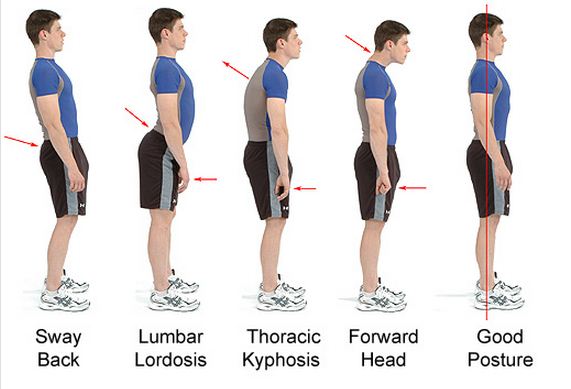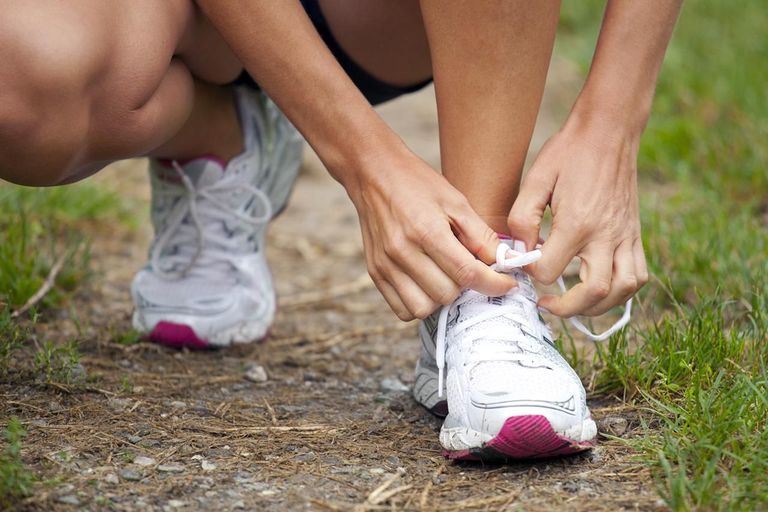Published: April, 2008
For many people, choosing one or the other is a toss-up.
Angioplasty or bypass surgery? Which is best when cholesterol-laden plaque narrows a coronary artery and chokes off blood flow to part of the heart muscle?
There’s no simple answer. It depends a lot on your situation: how many arteries are blocked, where the blockages are, your overall health, and your preferences. It also depends on how you define “best” “” most durable, shortest recovery, fewest complications, or longest survival.
At first glance, angioplasty with stent placement seems to be a clear winner. It requires a small nick in the groin, local anesthesia, an overnight hospital stay, and a relatively rapid recovery. In comparison, bypass surgery requires opening the chest, general anesthesia, a several-day hospital stay, and weeks of sometimes painful recovery. These differences are one reason why nearly 1.3 million angioplasties were performed in 2007 in the United States alone, compared with 470,000 bypass surgeries. On the other hand, surgery is the king of the hill when it comes to durability and freedom from chest pain. Far fewer people need a repeat procedure after bypass surgery than angioplasty. ![]()









